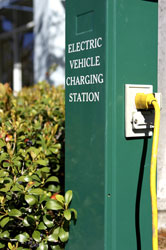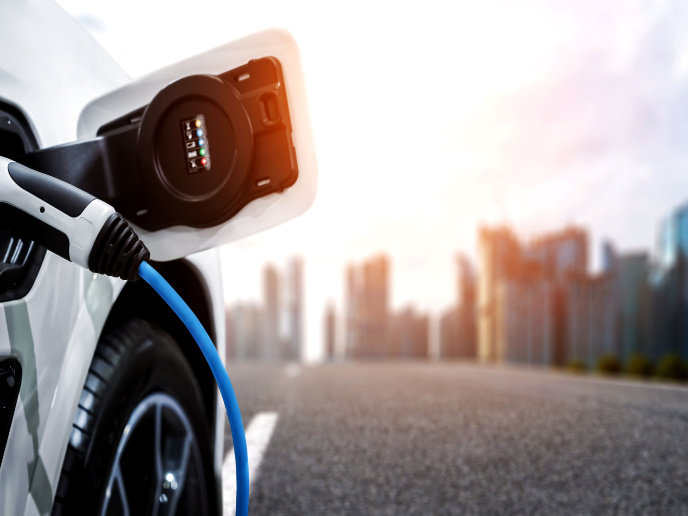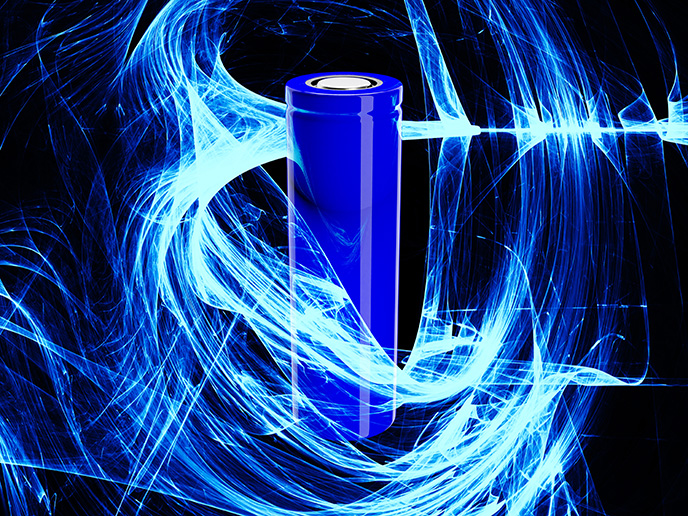Tomorrow's bipolar lead-acid batteries today
Hybrid Electric Vehicles (HEVs) offer significant benefits with respect to air pollution, climate change and noise pollution in comparison with conventional vehicles. The European Commission is doing its part to get more HEVs on Europe's roads. For example, the BILAPS project was funded by the Energy, Environment and Sustainable Development Programme to advance battery technology while maintaining production costs at competitive levels. HEVs require stronger batteries than those used in today's cars. The solution proposed by the BILAPS consortium is that of bipolar lead-acid batteries, which possess excellent energy density characteristics. PGE, a BILAPS partner from the Netherlands, applied its expertise in electroplating to produce the new battery components. PGE used Electro Chemical Deposition (ECD) to deposit lead-alloy on the conductive fluorpolymer bipolar plates used in the new battery. They developed a number of special treatments, applied before and after plating, to overcome the problems associated with the deposition of non-metallic conducting materials like lead alloys. During the project, PGE also managed to successfully implement the new plating technology on a production line, thereby enabling increased output. PGE's contribution to BILAPS will facilitate the manufacture of batteries with improved power-to-energy ratios. They are also looking to exploit the process in other plating applications.







